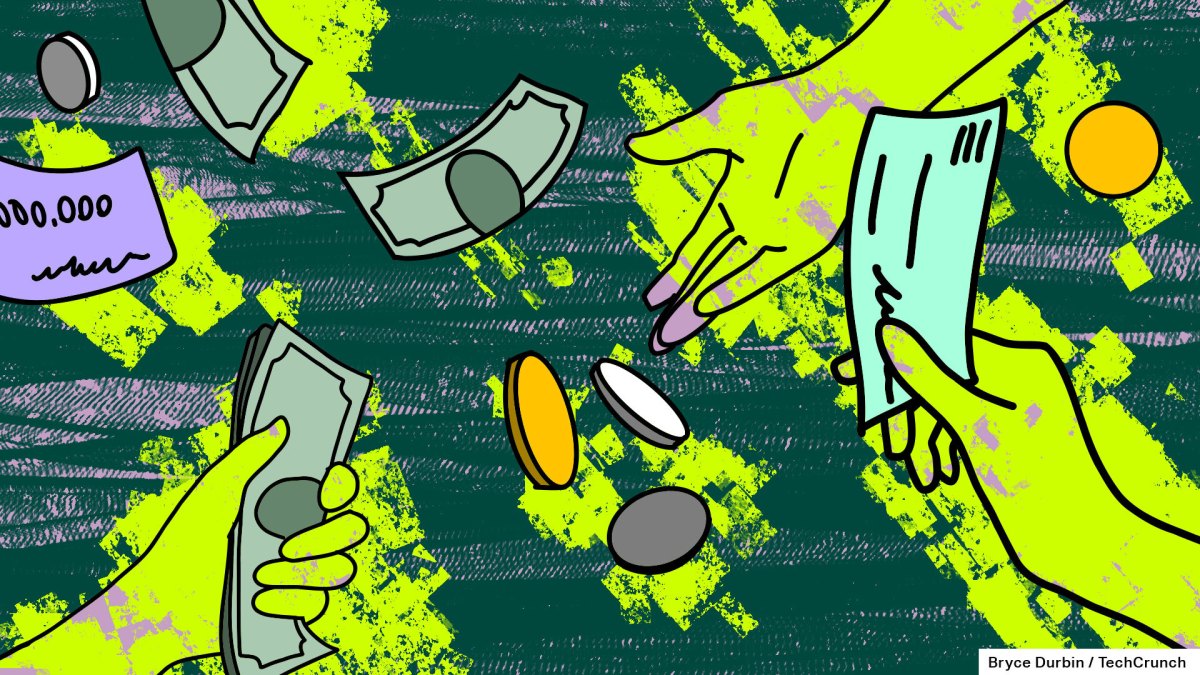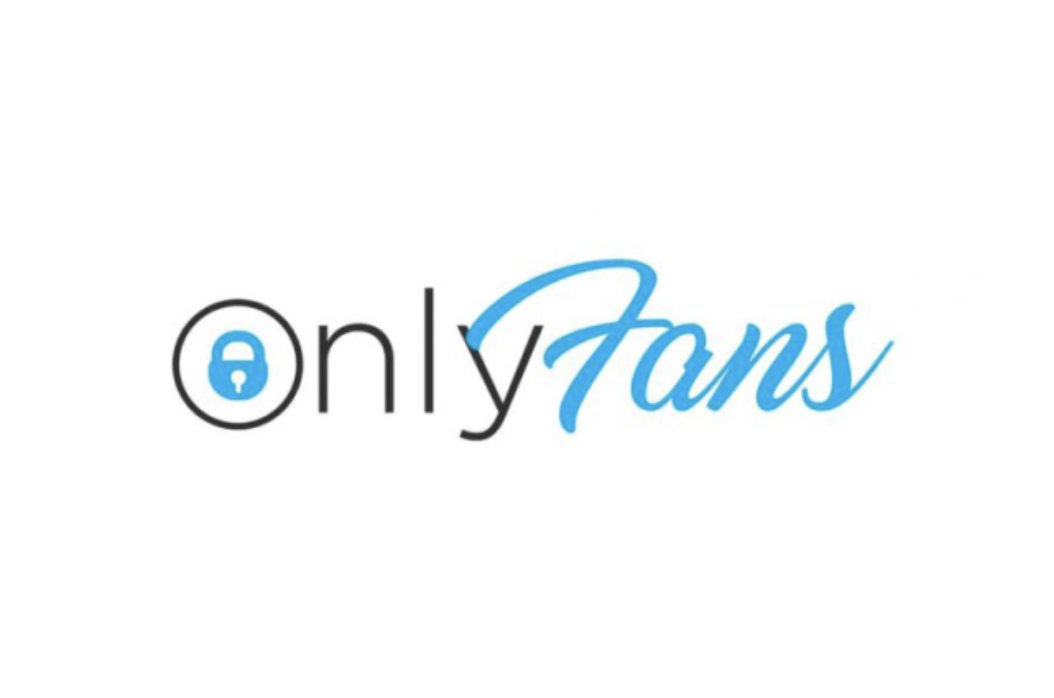Crowdfunding has become a popular method of financing, similar to how Uber revolutionized the taxi industry and Airbnb transformed the hotel industry. It involves utilizing the collective wisdom and resources of the crowd to raise money for various purposes.
Typically, crowdfunding brings together numerous smaller investors or donors to fund a business, startup, or personal initiative. The concept relies on the collective effort of individuals who invest small amounts and utilize the internet as a platform to present their campaigns and reach potential investors worldwide.
In simple terms, crowdfunding is like tossing coins in a hat to gather funds for a cause or idea. It involves individuals, startups, or organizations pitching their ideas to a large pool of potential investors with the aim of raising a specific amount of money.
There are four main types of crowdfunding:
1. Reward-based crowdfunding: Backers contribute money to a project and receive a tangible item or service in return. Platforms like Kickstarter and Indiegogo are popular for this type.
2. Equity crowdfunding: Investors receive a stake in the company through equity shares. This type is regulated by financial authorities to protect investors. Crowdcube and Seedrs have been leading platforms for equity crowdfunding in Europe, while WeFunder, Start Engine, and Republic are prominent platforms in the US.
3. Debt crowdfunding (peer-to-peer lending): Backers lend money to a project or business with the expectation of repayment with interest. Platforms such as Lending Club and Prosper facilitate this type of crowdfunding.
4. Donation-based crowdfunding: People donate to causes, projects, or organizations without expecting anything in return. GoFundMe is a well-known platform for this type.
Instead of relying on institutional investors like banks or venture capitalists for large amounts of funding, crowdfunding gathers smaller investments from the public. Potential investors are presented with well-crafted campaigns that detail the concept, roadmap, and potential benefits for supporters. Depending on the type of crowdfunding, backers may receive rewards, equity, or simply the satisfaction of contributing to a worthy cause.
Crowdfunding offers several advantages for startups, including the ability to raise funds without traditional bank loans or giving up equity. It can also provide market validation by selling the product before mass manufacturing, allowing for early feedback and gauging market interest. Additionally, crowdfunding campaigns can serve as marketing campaigns, creating buzz and attracting customers, investors, and media attention. Crowdfunding often attracts early adopters who become loyal customers and provide valuable feedback.
However, crowdfunding also has its challenges. Running a successful campaign requires significant effort, including creating promotional materials, updating backers, and managing logistics. It can be expensive to market a campaign effectively. Sharing an idea publicly through crowdfunding exposes it to potential competitors and criticism. Successful campaigns have obligations to deliver on promises made to backers, which can be challenging for new startups. Crowdfunding platforms typically charge fees based on the funds raised, impacting the total amount received.
To run a successful crowdfunding campaign, it is important to have a unique and well-conceived product that addresses a market need. Understanding the economics of production and distribution is crucial to avoid financial pitfalls. Compelling storytelling is essential to captivate potential backers and create an emotional connection. Managing expectations and being transparent about potential risks and challenges builds trust with backers. Seeking help from experts in marketing, product development, manufacturing, and logistics can enhance the quality and appeal of a campaign. Finally, sharing experiences and supporting other crowdfunding campaigns fosters a sense of community within the industry.


